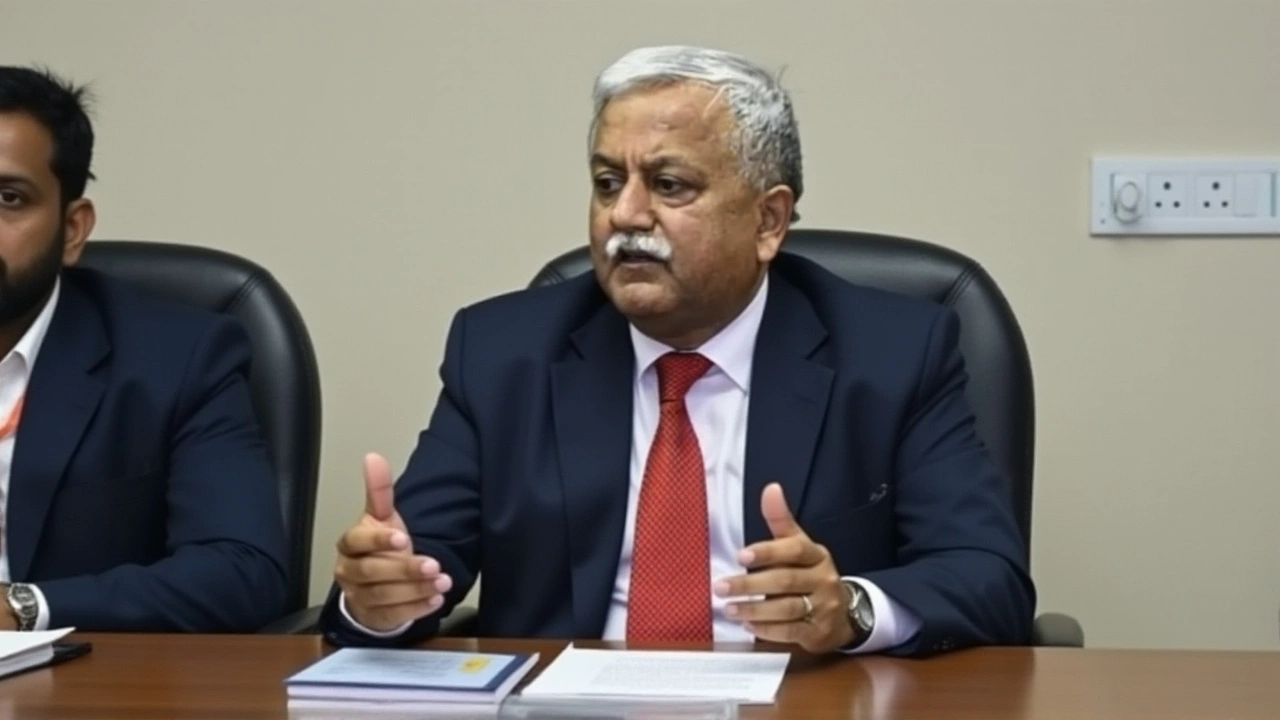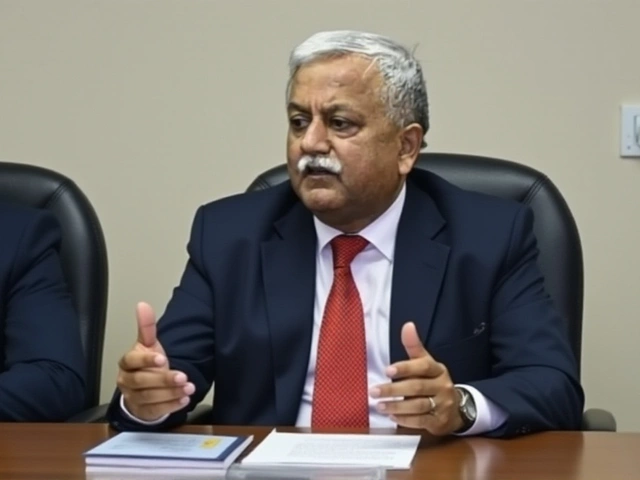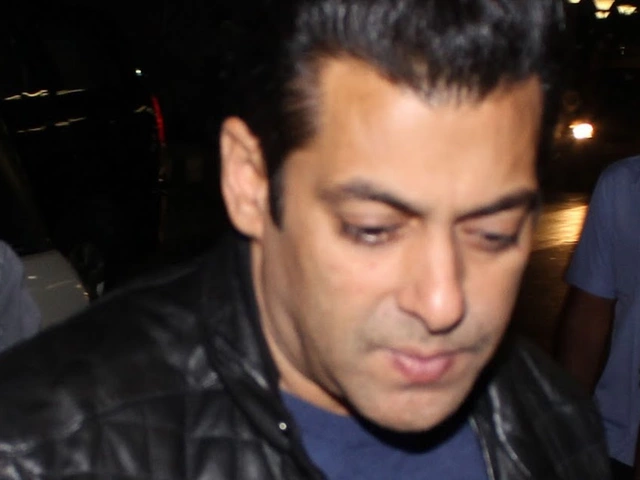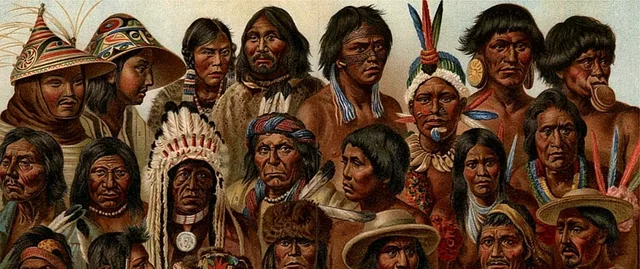Political Pressure: Why It Matters in Today's News Landscape
When we talk about political pressure, the force exerted by parties, lobbyists, or government bodies to sway decisions, narratives, or actions. Also called political influence, it shows up in everything from headlines to policy drafts.
One of the biggest media bias, the tendency of news outlets to favor certain political views or actors you’ll see is a direct result of political pressure. When a channel constantly highlights political drama, like the post about why Indian news sticks to politics, it’s not just a coincidence – it’s often a response to ratings, advertisers, or even direct pressure from power players. This creates a feedback loop: more pressure leads to more biased coverage, which in turn amplifies the pressure.
Another related entity is government influence, the ability of officials to shape regulations, funding, or access for media and businesses. Think of the PM’s condolence note to Dilip Kumar – a move that subtly signals the government's stance on cultural icons and can affect how media reports on related stories. When government influence mixes with media bias, the public gets a skewed picture of reality.
How Public Opinion and Regulation Fit In
public opinion, the collective attitudes and beliefs of citizens is both a target and a tool of political pressure. Posts about crime, education, or celebrity cases show how public sentiment can be stirred to pressure policymakers. At the same time, the regulatory environment, the set of laws and rules governing media operations and political lobbying can either tighten or loosen the grip of pressure. For instance, a stricter media law could curb biased reporting, while lax rules may let pressure flow unchecked.
Putting it all together, political pressure encompasses media bias, requires government influence, and shapes public opinion within a given regulatory environment. This web explains why you’ll notice recurring themes across the articles below – from media’s focus on politics to stories about crime, education, and even tech gadgets. Each piece reflects a different angle of the pressure cooker that is Indian public discourse.
Below you’ll find a curated mix of posts that illustrate how political pressure plays out in real life, whether it’s shaping news headlines, affecting legal outcomes, or influencing everyday choices. Dive in to see the patterns, the push‑and‑pull, and the real impact on the stories you read every day.

Bureaucratic Transfers Spotlight: Khemka, Nagpal, Kasani & Awasthi in the Crosshairs
A Khabargaon report reveals how IAS officers like Ashok Khemka and Durga Shakti Nagpal face frequent transfers after clashing with politicians, exposing systemic abuse of bureaucratic power.
News & Politics



